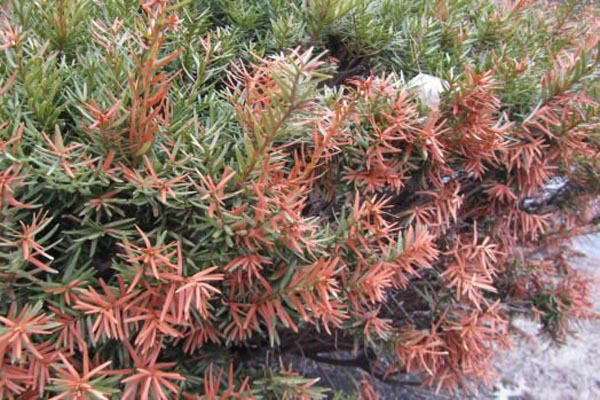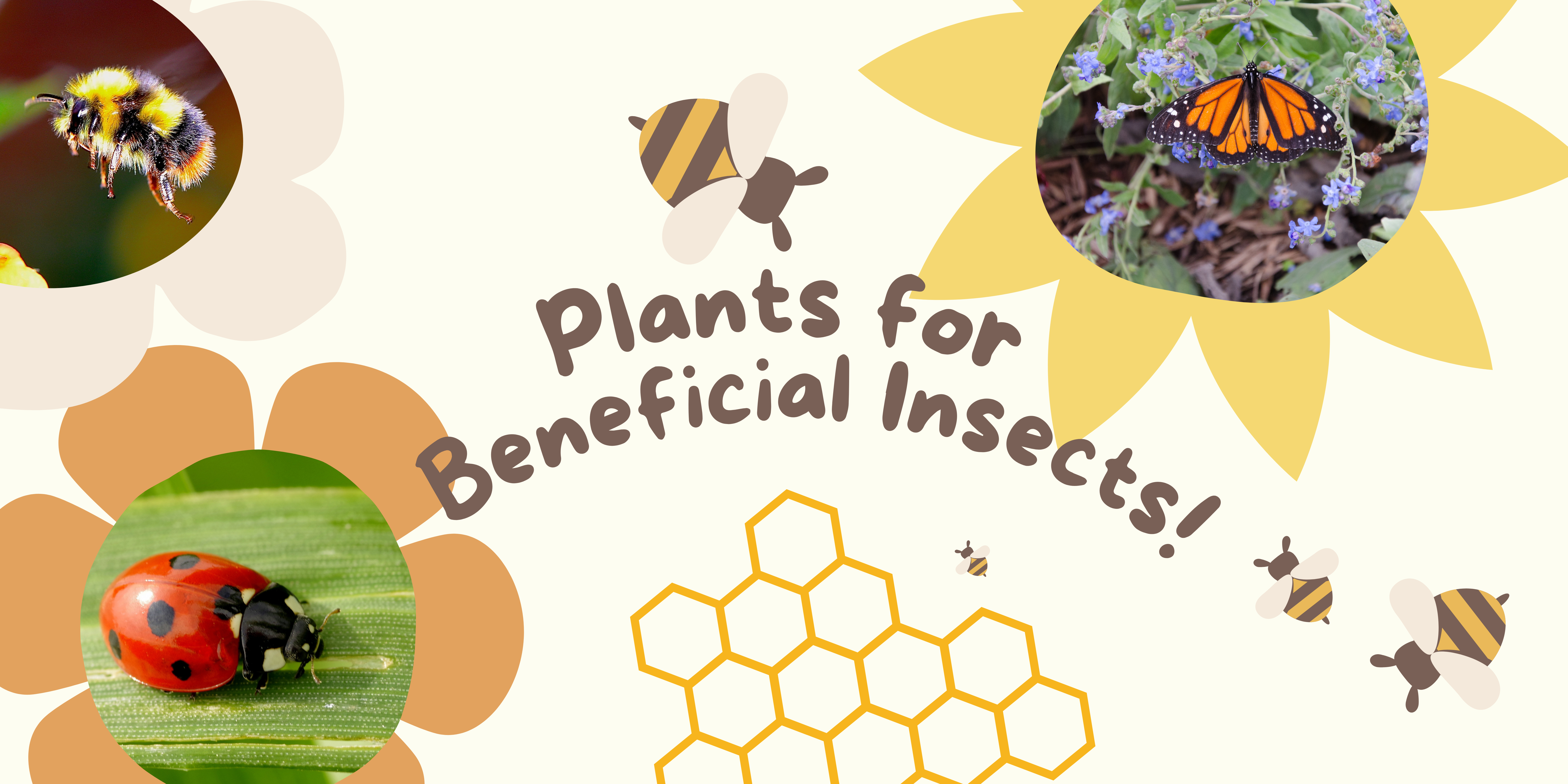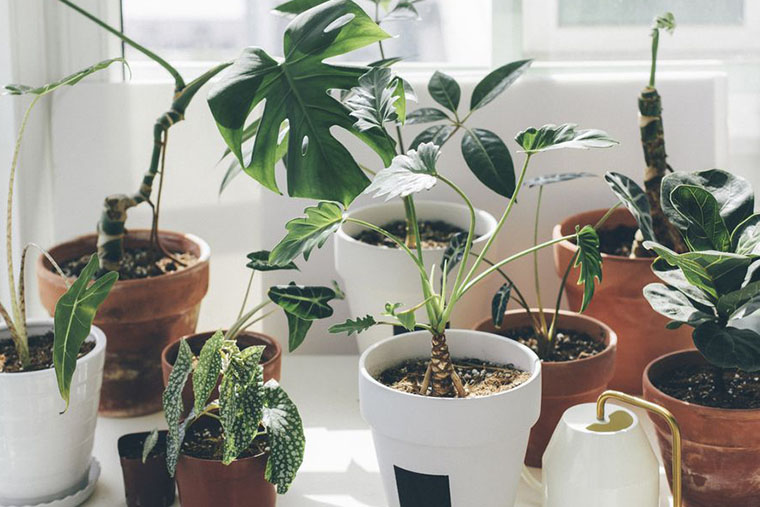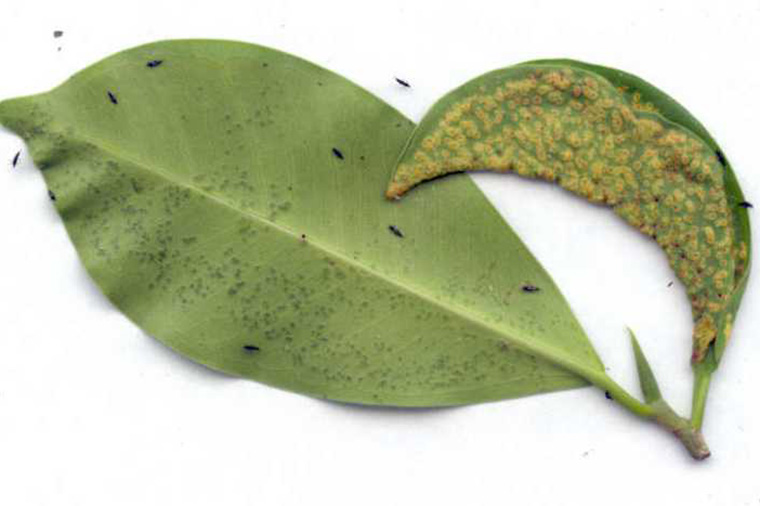What is Evergreen Sunscald?
Sunscald can occur when the dry winter air combined with low soil moisture causes needles to dry out and become susceptible to damage from the sun. When the surface of the surrounding snow is smooth, it act’s like a mirror intensifying the sun’s rays upon the dry evergreen needles resulting in sunscald.
Affected Species
Juniper, Juniperus
Cypress, Microbiota decussata
Spruce, Picea
Pine, Pinus
Cedar, Thuja

How to Identify Evergreen Sunscald
If the needles on one side of an evergreen are turning yellow or brown, but the other side still looks healthy, it is likely suffering from sunscald. Typically, the damage is most evident on the southern side of the tree where the harsh winter sun has the greatest intensity. Often only the outermost parts of the branches, or to a lesser degree the outmost needles, will be discoloured while the innermost parts remain green.
How to Prevent Sunscald
Good Winter Watering
In the late fall, before the ground freezes, it can help to be sure your evergreens get a good winter watering. This will increase the soil moisture available to the tree over the winter.
Stomp the Snow
It may seem silly, but giving the surrounding snow a good stomping might actually save your tree from worse damage. By stomping the snow, it will have an uneven surface area and the sun’s reflection will be dispersed in many directions rather than concentrated in the direction of your tree.
How to Manage Sunscald
Except in severe cases, Sunscald is typically not threatening to the overall health of the tree. Damaged branches can be pruned away to allow better light to the new growth and improve the overall appearance of the tree. Be careful not to prune away too much of the tree and only remove the parts that will not recover.
 |
| 



